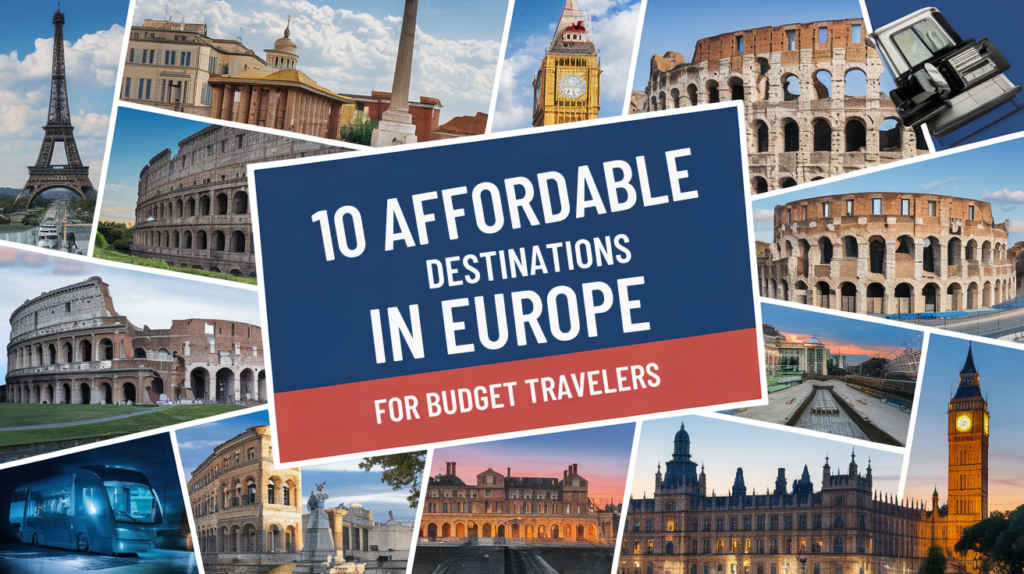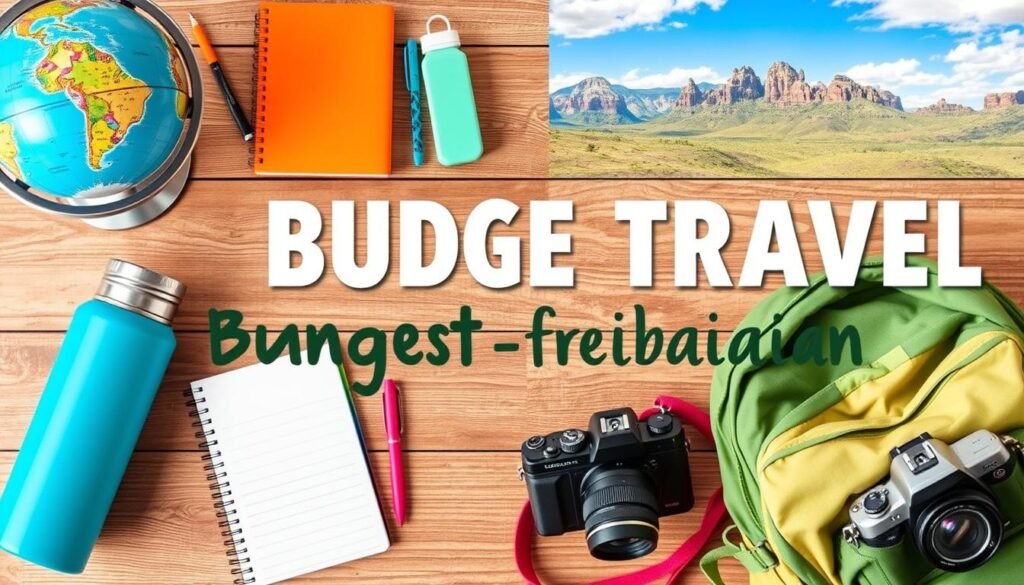Dreaming of exploring Europe but worried about the cost? Don’t let a tight budget hold you back! Europe is packed with incredible destinations that won’t drain your wallet. From charming cities to breathtaking landscapes, you can experience the best of the continent without spending a fortune.
This post may contain affiliate links. If you make a purchase or booking through one of our links, we may earn a small commission. As an Amazon Associate, I earn from qualifying purchases. The content on this website was created with the help of AI.
This guide is here to help. We’ve rounded up 10 amazing and affordable places that offer great value for travelers. Whether you’re into history, nature, or local food, there’s something here for everyone. Ready to plan your next adventure? Let’s dive in!

1. How to Define a Budget-Friendly Destination
What makes a destination budget-friendly? It’s all about how far your money can go. Some places offer affordable accommodations, cheap eats, and free or low-cost activities. Others might have excellent public transportation or inexpensive flights to get you there.
For this list, we looked for destinations where you can enjoy a great experience without breaking the bank. Think cozy hostels for under $20 a night, meals for just a few dollars, and unforgettable attractions that don’t cost a cent.
These spots aren’t just about saving money—they’re also rich in culture, history, and charm. So, whether you’re traveling solo, with friends, or as a family, these affordable European destinations are perfect for exploring on a budget.

2. Destination List: 10 Affordable Places in Europe
Here’s a list of 10 amazing and budget-friendly destinations in Europe. Each one offers unique experiences, rich culture, and plenty of ways to save money while you explore.
1. Budapest, Hungary
- Why It’s Affordable: Known for cheap accommodations, affordable food, and free attractions like the Chain Bridge.
- Daily Budget: $40–$50 (hostels $10–$20, meals $5–$10, public transport $2/day).
- Cheap Activities: Relax at thermal baths like Széchenyi, or take a free walking tour of the city.
- Food Tip: Try a hearty bowl of goulash or langos from local markets.
- Best Time to Visit: Spring and fall for mild weather and lower prices.
2. Kraków, Poland
- Why It’s Affordable: One of the cheapest cities in Europe with a vibrant cultural scene.
- Daily Budget: $30–$40 (hostels $8–$15, meals $5–$8, free attractions).
- Cheap Activities: Visit Wawel Castle, explore the Old Town, or stroll through Planty Park.
- Food Tip: Grab pierogi (Polish dumplings) at a milk bar for under $5.
- Best Time to Visit: Avoid summer crowds by visiting in early spring or late fall.

3. Lisbon, Portugal
- Why It’s Affordable: Inexpensive public transport and free panoramic views from miradouros (viewpoints).
- Daily Budget: $40–$50 (hostels $15–$25, meals $5–$10, trams $3/day).
- Cheap Activities: Take Tram 28 for a scenic ride or visit Belém Tower for a small fee.
- Food Tip: Try pastel de nata (custard tart) for under $2.
- Best Time to Visit: Late spring or early fall for good weather and fewer tourists.
4. Prague, Czech Republic
- Why It’s Affordable: Stunning architecture, affordable beer, and budget-friendly food.
- Daily Budget: $40–$50 (hostels $10–$20, meals $5–$10, public transport $3/day).
- Cheap Activities: Walk across Charles Bridge, explore Prague Castle, or visit Old Town Square.
- Food Tip: Try a hearty plate of svíčková (beef with creamy sauce) for under $10.
- Best Time to Visit: Winter for magical Christmas markets or spring for blooming parks.
5. Riga, Latvia
- Why It’s Affordable: Cheap accommodations and tons of free cultural events.
- Daily Budget: $30–$40 (hostels $8–$15, meals $5–$8, free walking tours).
- Cheap Activities: Wander through the Art Nouveau district or visit the Riga Central Market.
- Food Tip: Enjoy local dishes like potato pancakes for just a few euros.
- Best Time to Visit: Late spring to early summer for pleasant weather and festivals.
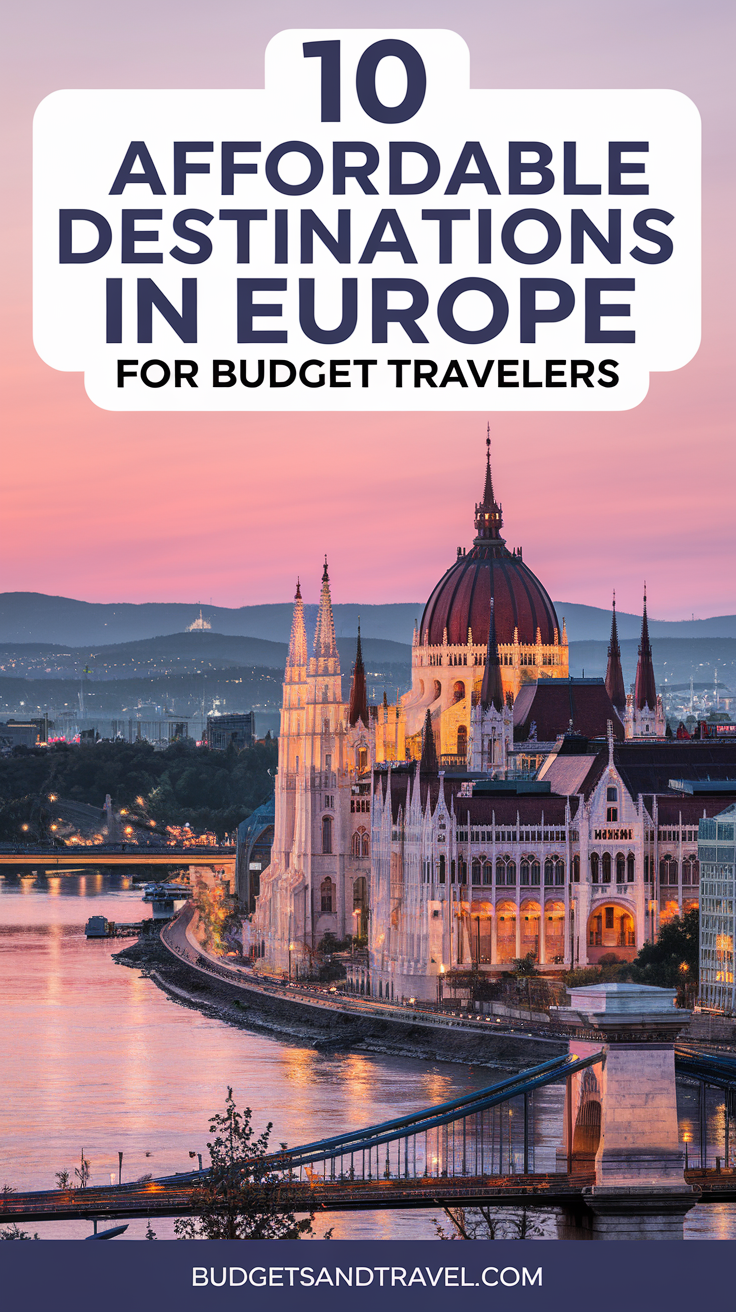
6. Sofia, Bulgaria
- Why It’s Affordable: One of Europe’s least expensive capitals, with low prices on everything.
- Daily Budget: $25–$35 (hostels $7–$12, meals $4–$8, public transport $1/day).
- Cheap Activities: Explore Alexander Nevsky Cathedral or hike Vitosha Mountain.
- Food Tip: Try banitsa (savory pastry) from a bakery for less than $2.
- Best Time to Visit: Spring and fall for fewer crowds and ideal hiking weather.
7. Porto, Portugal
- Why It’s Affordable: Great food and affordable wine in a charming riverside city.
- Daily Budget: $35–$45 (hostels $10–$20, meals $5–$10, walking tours free).
- Cheap Activities: Walk along the Douro River, visit Livraria Lello, or take a budget wine tour.
- Food Tip: Enjoy a francesinha sandwich for under $10.
- Best Time to Visit: Early spring for fewer tourists and mild weather.
8. Tallinn, Estonia
- Why It’s Affordable: Compact city with free Old Town attractions and cheap eats.
- Daily Budget: $30–$40 (hostels $8–$15, meals $5–$8, public transport $2/day).
- Cheap Activities: Explore the medieval Old Town or climb Toompea Hill for free views.
- Food Tip: Sample hearty Estonian soups for just a few euros.
- Best Time to Visit: Summer for long daylight hours and outdoor festivals.
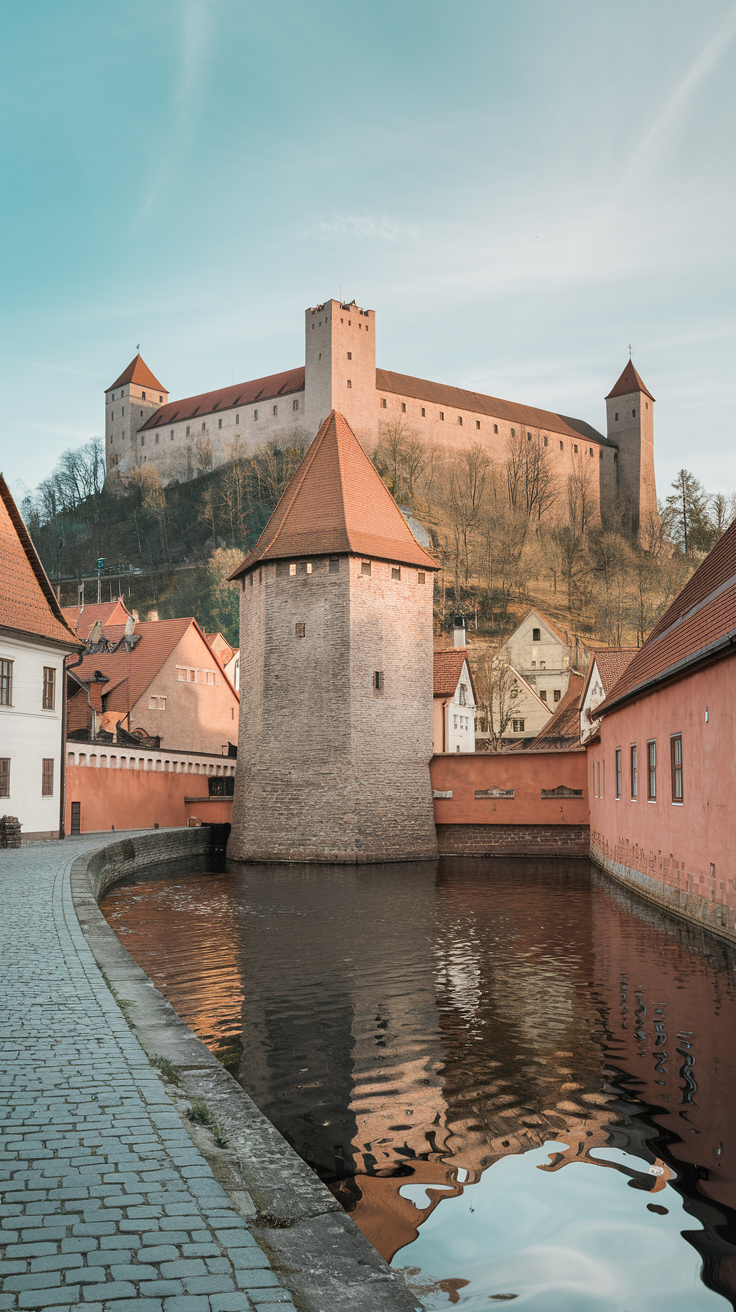
9. Dubrovnik, Croatia (Off-Season)
- Why It’s Affordable: Off-season prices make this otherwise pricey spot accessible.
- Daily Budget: $50–$60 (hostels $20–$30, meals $10–$15, free beaches).
- Cheap Activities: Walk the city walls for a small fee or relax on free beaches.
- Food Tip: Try fresh seafood at local taverns for affordable prices.
- Best Time to Visit: October–April to avoid high-season costs.
10. Valencia, Spain
- Why It’s Affordable: Great deals on food, free parks, and budget accommodations.
- Daily Budget: $40–$50 (hostels $12–$20, meals $5–$10, free activities).
- Cheap Activities: Relax at the Turia Gardens or explore the City of Arts and Sciences (outdoor parts free).
- Food Tip: Enjoy paella at a local spot for under $10.
- Best Time to Visit: Spring or early fall for perfect weather.
These destinations prove that traveling in Europe doesn’t have to be expensive. Each offers unique experiences and plenty of ways to save, so you can explore without worry. Which one will you visit first?
3. Tips for Budget Travel in Europe
Traveling in Europe doesn’t have to be expensive. With the right strategies, you can explore the continent without draining your savings. Here are some practical tips to make the most of your budget:
1. Affordable Transportation
- Budget Airlines: Use airlines like Ryanair, EasyJet, or Wizz Air for cheap flights between cities. Search Trip.com for sales and book early for the best deals.
- Eurail Pass: If you plan to visit multiple countries, consider a Eurail pass to save on train travel.
- Buses: Companies like FlixBus and BlaBlaBus offer incredibly cheap long-distance rides.
- Walking or Public Transit: Many European cities are walkable, and public transportation is both reliable and affordable.


2. Accommodation Hacks
- Hostels: Great for solo travelers or groups, with dorms starting as low as $10–$15 per night. Many hostels also include free breakfast.
- Airbnb or Vacation Rentals: Perfect for families or travelers who want a kitchen to save on meals.
- Budget Hotels: Look for small, family-run hotels or budget chains like Ibis and Motel One.
- Couchsurfing: For the adventurous, stay with locals for free through Couchsurfing communities.
3. Eating on a Budget
- Street Food and Local Markets: Grab delicious, authentic meals at local markets or street food vendors.
- Lunch Specials: Many restaurants offer set lunch menus that are much cheaper than dinner.
- Self-Catering: Buy fresh produce from markets and cook your own meals to save.
- Avoid Tourist Spots: Restaurants near major attractions often have inflated prices. Walk a few blocks away to find better deals.
4. Free and Discounted Attractions
- City Passes: Many cities offer tourist passes that include free or discounted entry to museums, public transport, and attractions.
- Free Walking Tours: Join these tours to learn about a city’s history and culture—just tip your guide!
- Museum Days: Some museums offer free admission on specific days of the month (e.g., the Louvre in Paris on the first Sunday of the month).
- Natural Beauty: Enjoy Europe’s stunning parks, beaches, and hiking trails—completely free.
5. Travel Off-Season
- Timing Matters: Visit during the shoulder season (spring or fall) to avoid crowds and high prices. Winter can also be a great time for cheaper rates, especially in non-ski destinations.
- Flexible Dates: Use flexible search tools to find the cheapest travel days for flights and accommodations.
6. Money-Saving Extras
- Refillable Water Bottles: Many European countries have safe tap water, so save on buying bottled water.
- Travel Insurance: While it’s an added expense, it can save you from unexpected costs if things go wrong.
- Download Offline Maps: Avoid extra data charges by downloading maps before you go. Apps like Google Maps and Maps.me are lifesavers.
With these tips, you’ll be well-prepared to travel smart, stretch your budget, and enjoy the best of Europe without overspending.

4. Common Reader Questions Answered
When planning budget-friendly trips to Europe, travelers often have specific questions. Here are some of the most common concerns and answers to help you feel confident about your journey.
1. Are these destinations safe for solo travelers or families?
Absolutely! The destinations in this list are known for being welcoming and generally safe for all kinds of travelers. For solo travelers, cities like Prague, Tallinn, and Lisbon are easy to navigate with a low crime rate.
Families can enjoy cities like Valencia or Budapest, which offer kid-friendly attractions and parks. Always follow basic safety tips, like keeping your valuables secure and staying aware of your surroundings.
2. What’s the best way to save on flights to these destinations?
To get the cheapest flights:
- Book early and use fare comparison tools like Skyscanner or Google Flights.
- Be flexible with your travel dates. Mid-week flights are often cheaper.
- Consider flying into a nearby city and using budget airlines or trains to reach your destination.

3. Can I visit these places without speaking the local language?
Yes! English is widely spoken in most European cities, especially in tourist areas. Learning a few key phrases in the local language (like “hello,” “thank you,” and “how much does this cost?”) can go a long way, but you’ll generally get by with English.
4. How can I avoid tourist traps in these cities?
To steer clear of overpriced tourist traps:
- Research local restaurants and activities ahead of time on platforms like Google Reviews or TripAdvisor.
- Ask locals for recommendations; they often know the best hidden gems.
- Avoid dining or shopping right next to major attractions. A short walk away can lead to better quality and lower prices.
5. What’s the most affordable way to get around these destinations?
Public transportation is your best bet in most European cities. Many offer day passes or discount cards for unlimited travel. In smaller cities, walking or renting a bike is both cheap and enjoyable. For longer distances, buses and budget trains are affordable options.
6. What are the hidden costs I should watch out for?
Budget travel can have a few surprises. Be aware of:
- Tourist taxes: Many European cities charge a small fee per night for visitors staying in hotels or hostels.
- Currency exchange fees: Use credit cards with no foreign transaction fees or withdraw cash in the local currency at ATMs to save.
- Paid bathrooms: Some public restrooms in Europe charge a small fee, so keep change handy.
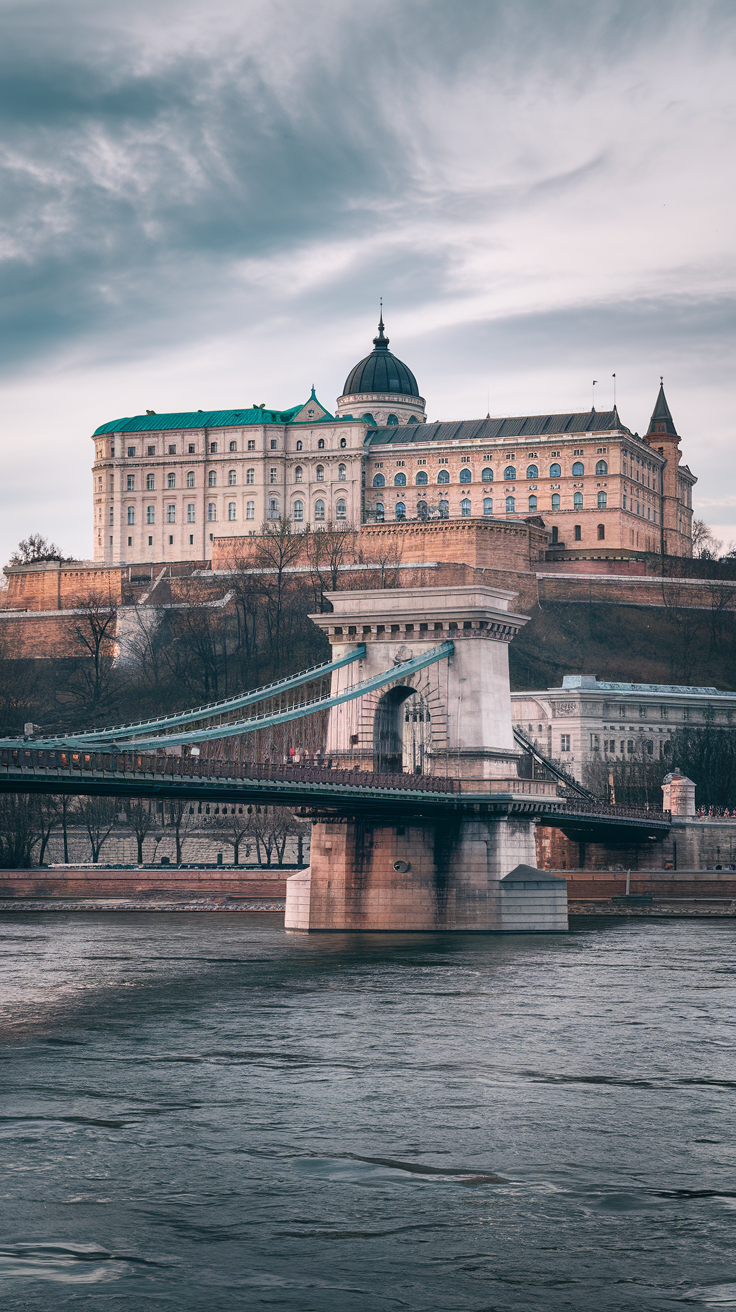
7. How much cash should I carry?
It’s best to carry a small amount of cash (around €50–€100) for markets, small vendors, or emergencies. Most places accept cards, but rural areas and smaller establishments may prefer cash.
8. Is it better to book in advance or go with the flow?
For accommodations and major attractions, booking in advance can save money and guarantee availability. However, for activities like walking tours or exploring the city, spontaneity is perfectly fine.
9. Are there free things to do in these destinations?
Yes! Many of the destinations offer free walking tours, parks, beaches, and iconic landmarks to explore. Museums and cultural sites often have free entry days—check the city’s official tourism website for details.
10. How can I save on food while traveling?
- Shop at local markets or grocery stores for fresh, affordable meals.
- Opt for lunch specials at restaurants instead of dinner.
- Look for street food or casual eateries popular with locals.
By addressing these questions, you’ll be prepared for a smooth, enjoyable, and affordable trip to Europe. If you have more questions, let us know in the comments!
5. Money-Saving Hacks
Traveling in Europe on a budget is easier than you think! With a few clever strategies, you can stretch your money and make the most of every destination. Here are some tried-and-true hacks to help you save:
1. Use Public Transportation
- Skip the taxis and rely on public buses, trains, and metro systems. Most cities offer day passes or multi-day cards for unlimited travel.
- Consider night trains or buses for longer trips—save money on accommodation while covering distance.

2. Book Flights Strategically
- Use flight comparison tools like Skyscanner or Google Flights to find the cheapest options.
- Fly into smaller airports or nearby cities for lower prices, then take public transport to your destination.
- Book tickets 1–3 months in advance for the best deals on budget airlines.
3. Stay in Budget Accommodations
- Hostels are an excellent choice for solo travelers and groups, offering both private rooms and dorms. Many include free breakfast.
- Check out Airbnb or vacation rentals, especially for families who can save by cooking meals.
- Consider house-sitting or Couchsurfing for a free stay in exchange for cultural exchange or light work.
4. Eat Smart
- Enjoy meals at local markets or street food vendors, where you’ll find authentic and affordable options.
- Look for restaurants offering “menu del día” (set lunch menus) at lower prices than à la carte dinners.
- Carry snacks for day trips to avoid pricey tourist food spots.

5. Take Advantage of Free Attractions
- Many cities offer free walking tours—just tip your guide if you can.
- Check for free museum days or discounted entry in the evenings.
- Explore public parks, beaches, and landmarks, which are often completely free.
6. Bring a Refillable Water Bottle
- In most European countries, tap water is safe to drink. Refill your bottle instead of buying bottled water, especially in cities like Paris and Rome where fountains are common.
7. Use Travel Apps and Tools
- Download apps like Rome2Rio, Omio, or FlixBus for finding cheap transportation options.
- Use offline maps like Google Maps or Maps.me to save on data while navigating.
- Travel budget apps like Trail Wallet can help track your expenses.
8. Travel Off-Season
- Visit during shoulder or off-season months (e.g., October–April) to save on flights, accommodations, and attractions.
- You’ll avoid crowds while enjoying lower prices and a more authentic experience.
9. Opt for Walking or Cycling
- Many European cities are pedestrian- and bike-friendly. Skip transportation costs entirely by exploring on foot or renting a bike for the day.

10. Avoid Currency Exchange Fees
- Use credit cards with no foreign transaction fees whenever possible.
- Withdraw cash from ATMs in the local currency for better rates than currency exchange counters.
11. Pack Smart
- Bring versatile clothing for layering instead of overpacking and paying for extra luggage.
- Pack a power bank and universal adapter to avoid costly airport purchases.
With these hacks, you’ll be ready to explore Europe without worrying about overspending. The key is planning ahead, being resourceful, and embracing the adventure.

6. Final Thoughts
Traveling to Europe on a budget doesn’t mean missing out on incredible experiences. From breathtaking landmarks to mouthwatering cuisine, there are countless ways to explore this diverse continent without overspending.
By choosing affordable destinations, planning wisely, and using a few money-saving hacks, you can create unforgettable memories without breaking the bank.
Whether you’re wandering through Prague’s historic streets, savoring local dishes in Lisbon, or relaxing by the Adriatic Sea in Dubrovnik, these destinations prove that world-class travel is possible on any budget. With the tips and ideas in this guide, you’re now equipped to make the most of your European adventure.
So, what’s your first stop? Start planning, pack your bags, and get ready to explore Europe like a pro. Don’t forget to share your favorite budget-friendly travel tips in the comments or tag us in your photos. Happy travels!

